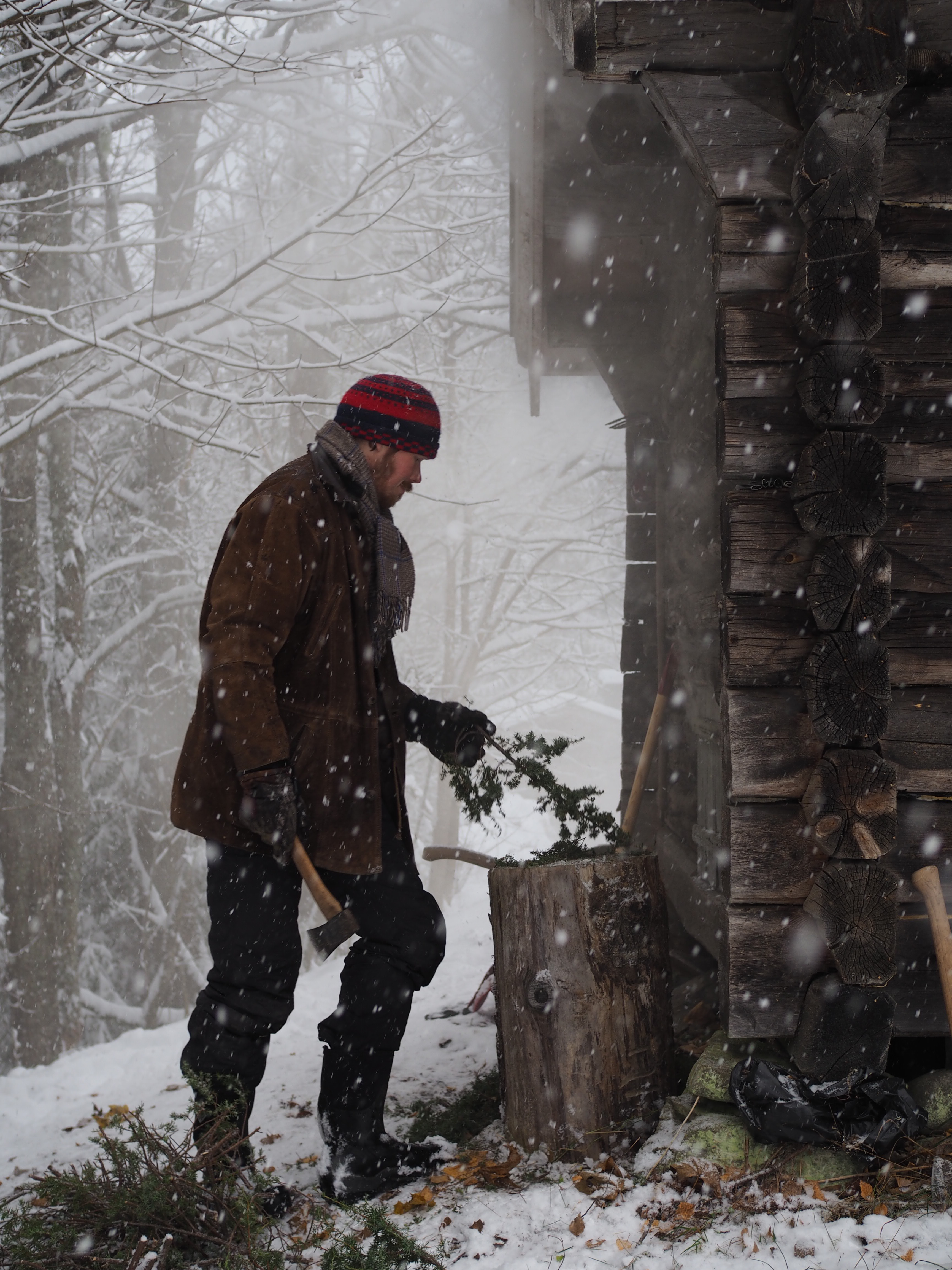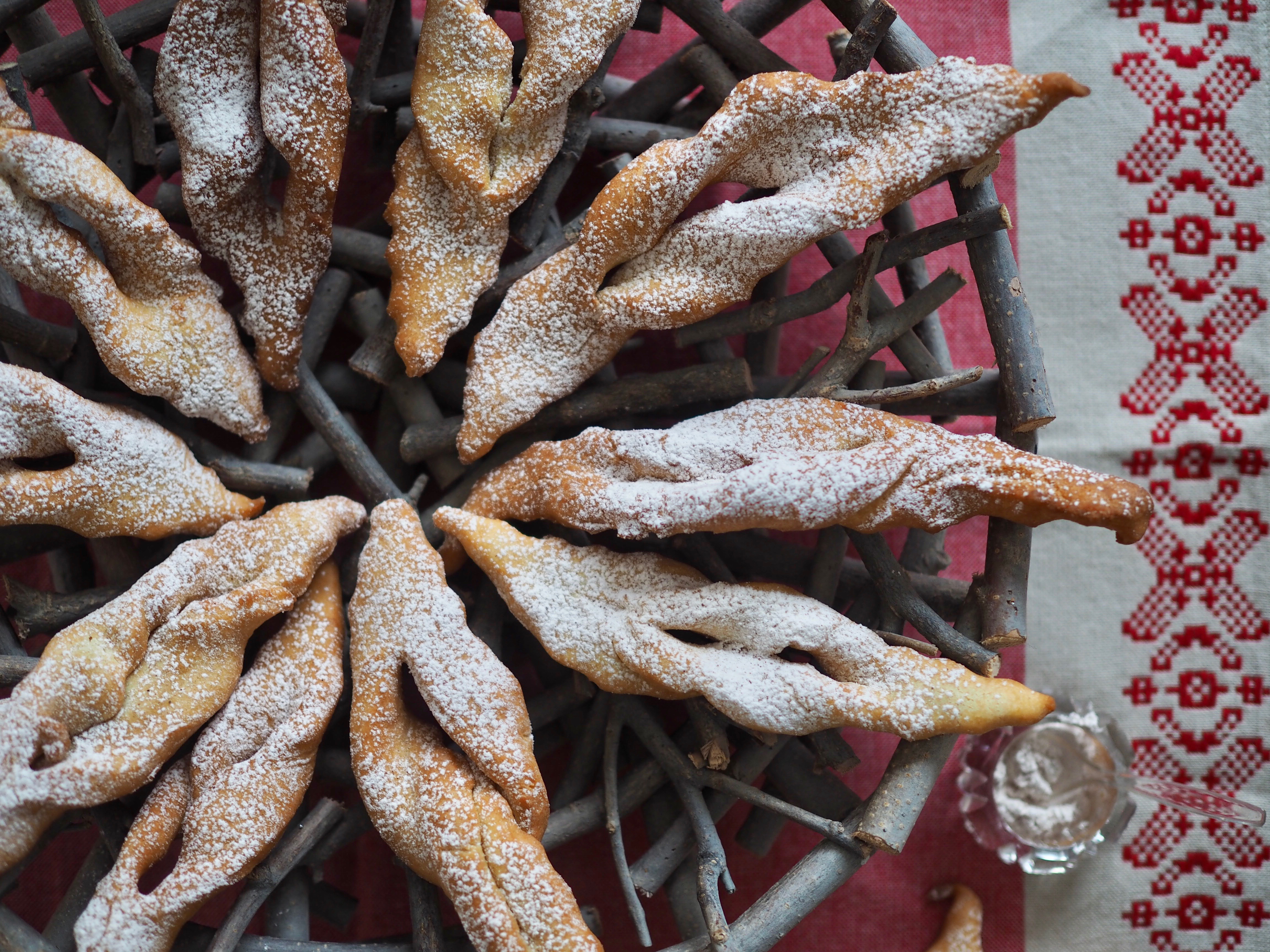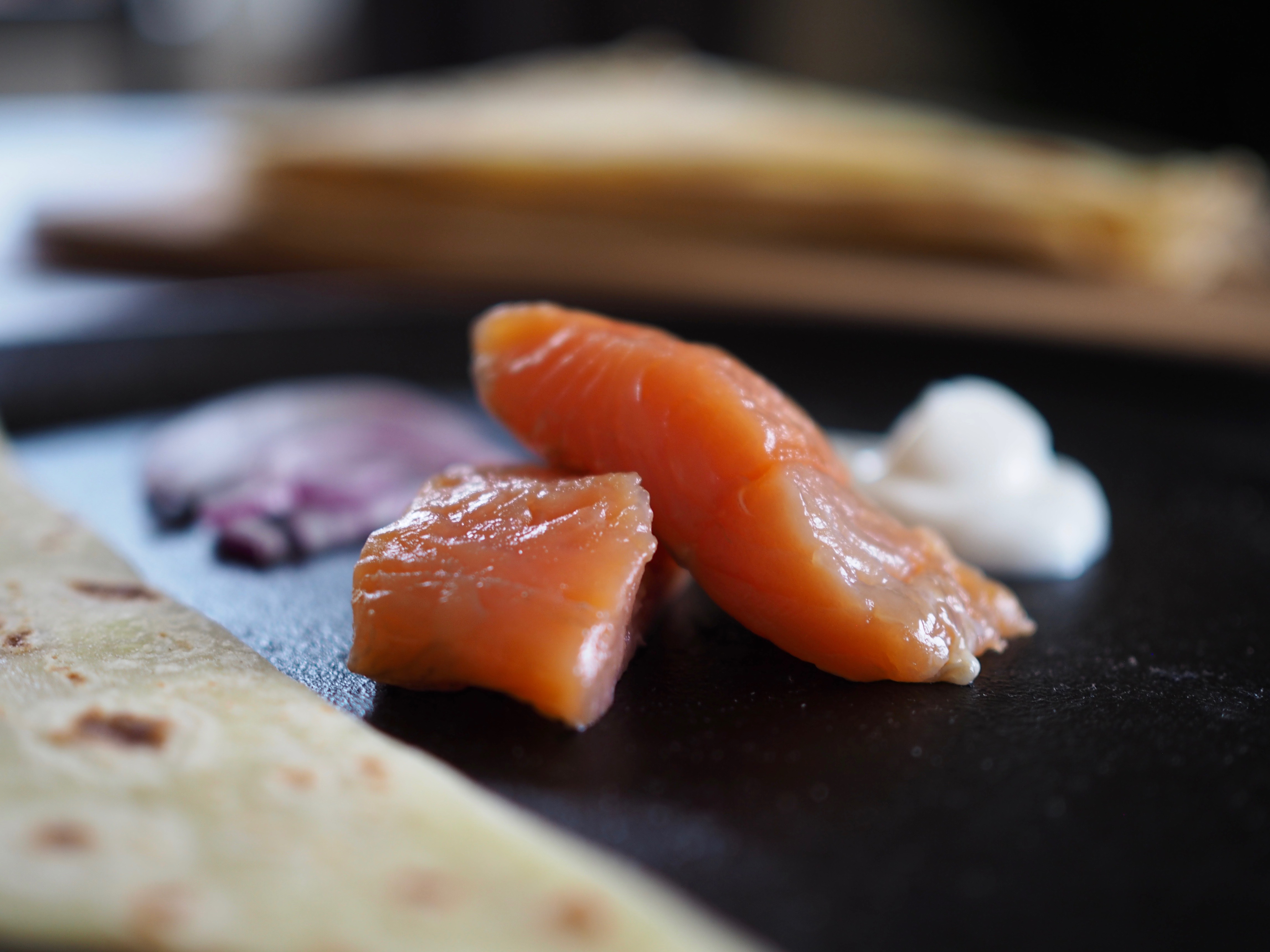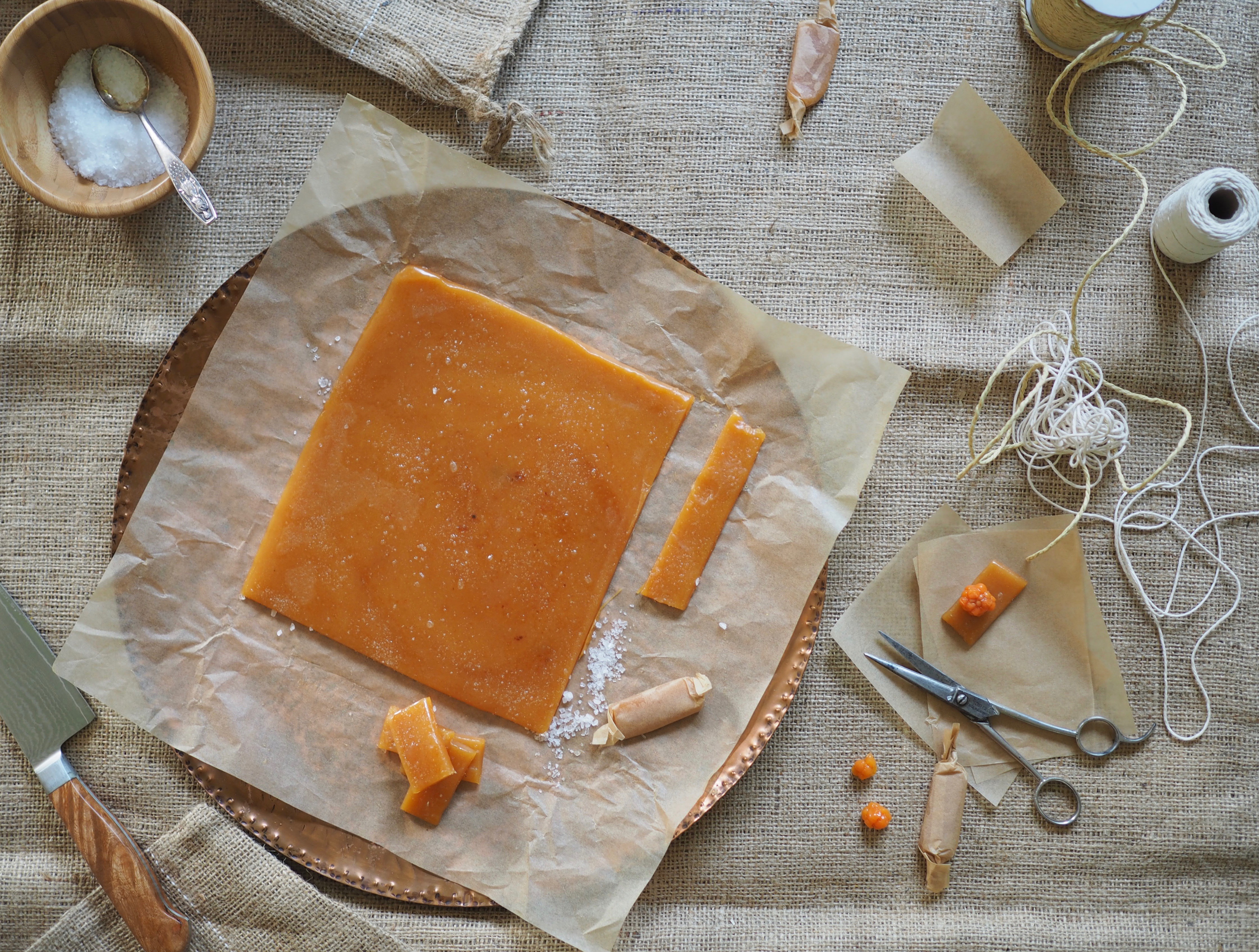

The sound of wood crackling in the fireplace. A good friend stopping by for the day. The trickle of snow seen from the window. Folk music resounding and the smell of fragrant spices filling the air. The atmosphere seems too enticing, as if you could eat it all up. It can only mean one thing. Holiday baking has begun.
Quite recently I visited the Rollag Bygdekvinnelag, a wonderful group of ladies who meet throughout the year to swap stories, share meals, go on excursions, and maintain traditions, which have been shared and passed down through the women in the area. I was invited to look through some old cookbooks that had been kept within each respective family for generations. Some dated back to the 1800s and some were as recent as the 1970s. Mostly all were handwritten and well-used with smudges and small tears caressing the pages.
Pages filled with exciting and interesting recipes. Some still popular today, some forgotten, some a bit more unusual and some, perhaps, better left as ink on the page. With the holiday season fast approaching, a few of the traditional baked goods popped out at me. One of them being, sirupskake or syrup cake.




 An army of snowflakes drape over the valley in a continuous flutter, creating an atmosphere that is quite magical, quite harmonious. A picture of white amidst a mountain landscape. And there, at the edge of the farm and near a trickling brook, stands the old smokehouse.
An army of snowflakes drape over the valley in a continuous flutter, creating an atmosphere that is quite magical, quite harmonious. A picture of white amidst a mountain landscape. And there, at the edge of the farm and near a trickling brook, stands the old smokehouse.

 The farm has become a blanket of white, with only the contrast of branches and jetting rock to add depth and structure. It’s tranquil and all encompassing.
The farm has become a blanket of white, with only the contrast of branches and jetting rock to add depth and structure. It’s tranquil and all encompassing.




 This recipe is not one that you can just make at any time and anywhere. It’s a special recipe featuring Norway’s golden berry. A berry that grows in the mountains and gets the nickname fjellets gull (mountain’s gold) because of its color and the fact that finding them is like discovering hidden treasure. The season is short and those who manage to get a hold of them will usually freeze them and save them for a celebration or a holiday such as Christmas. These berries, known as multebær or cloudberries, are, in short, one of a kind.
This recipe is not one that you can just make at any time and anywhere. It’s a special recipe featuring Norway’s golden berry. A berry that grows in the mountains and gets the nickname fjellets gull (mountain’s gold) because of its color and the fact that finding them is like discovering hidden treasure. The season is short and those who manage to get a hold of them will usually freeze them and save them for a celebration or a holiday such as Christmas. These berries, known as multebær or cloudberries, are, in short, one of a kind.

 Following on from my story about
Following on from my story about